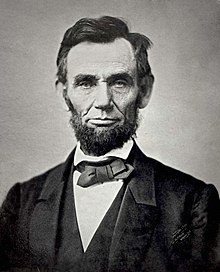DASHAIN AND TIHAR
HOMEWORK
NATIONAL PERSONALITIES
SIDDARTHA GAUTAM
One day, overcome with curiosity, Prince Siddhartha asked a charioteer to take him on a series of rides through the countryside. On these journeys he was shocked by the sight of an aged man, then a sick man, and then a corpse. The stark realities of old age, disease, and death seized and sickened the Prince.Finally, he saw a wandering ascetic. The charioteer explained that the ascetic was one who had renounced the world and sought release from fear of death and suffering.
One night he wandered the palace alone. The luxuries that had once pleased him now seemed grotesque. Musicians and dancing girls had fallen asleep and were sprawled about, snoring and sputtering. Prince Siddhartha reflected on the old age, disease, and death that would overtake them all and turn their bodies to dust.Then Siddhartha reached out his right hand to touch the earth, and the earth itself roared, "I bear you witness!" Mara disappeared.
And as the morning star rose in the sky, Siddhartha Gautama realized enlightenment and became a Buddha.
And as the morning star rose in the sky, Siddhartha Gautama realized enlightenment and became a Buddha.
"Behold, O monks, this is my last advice to you. All component things in the world are changeable. They are not lasting. Work hard to gain your own salvation."







